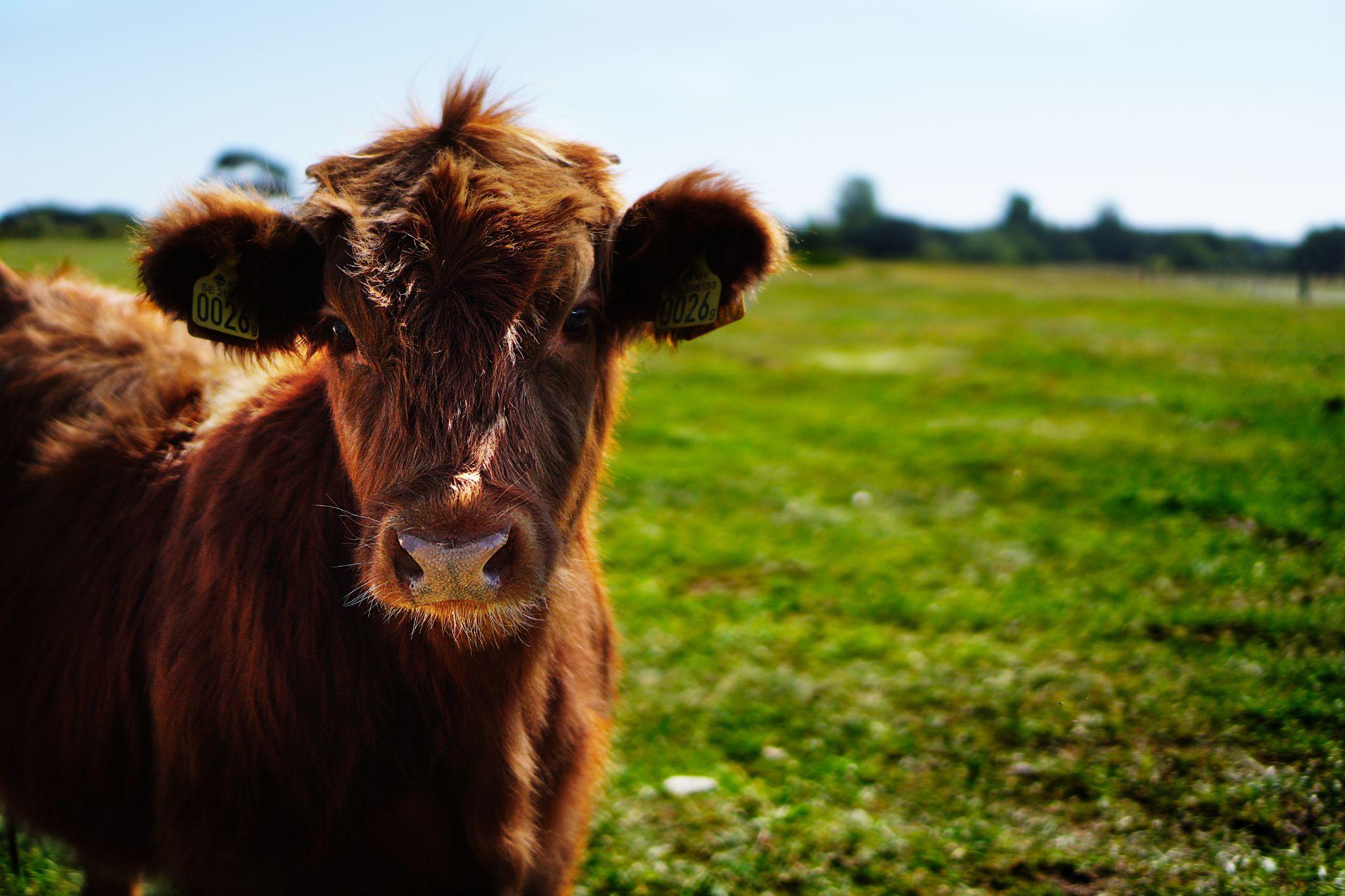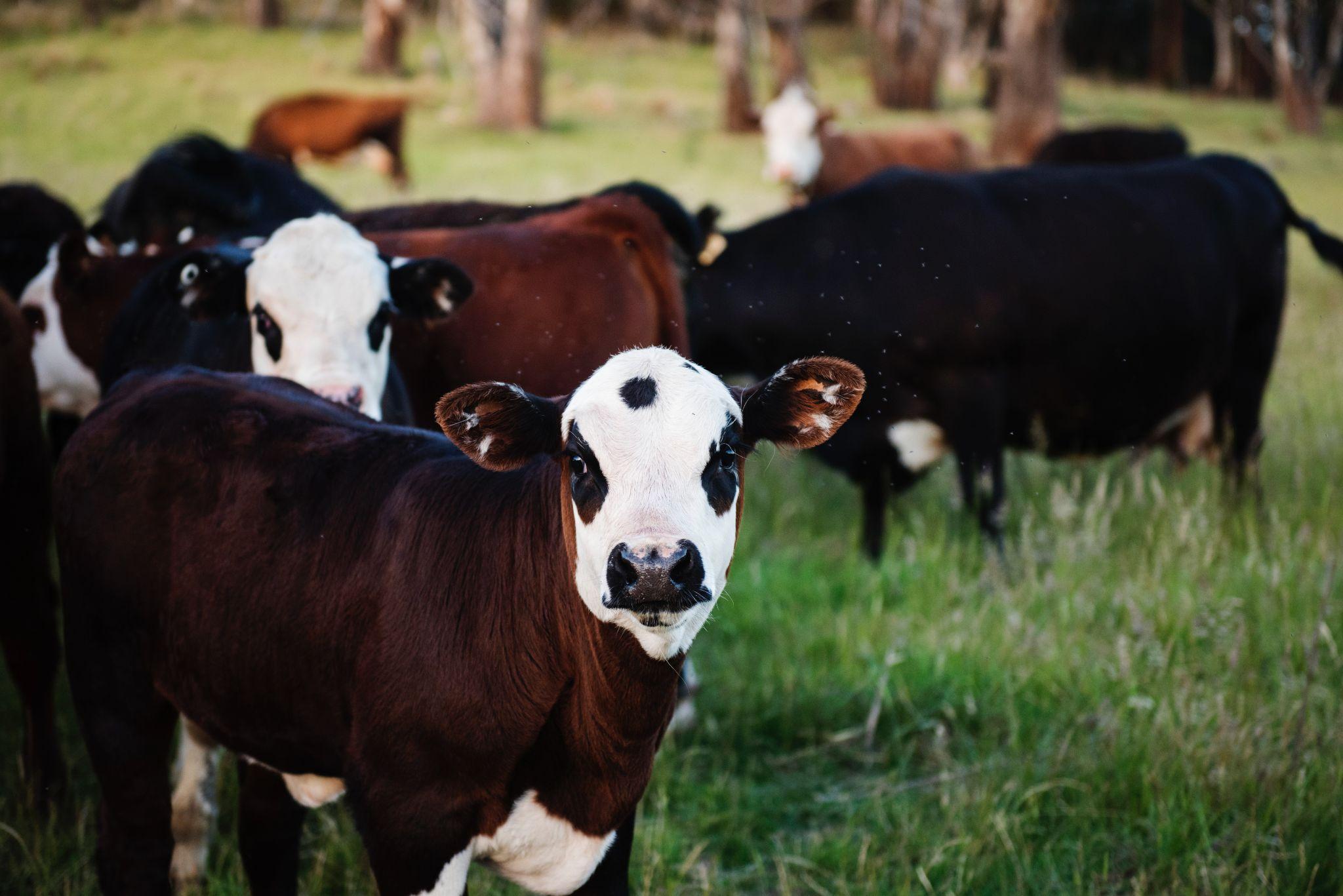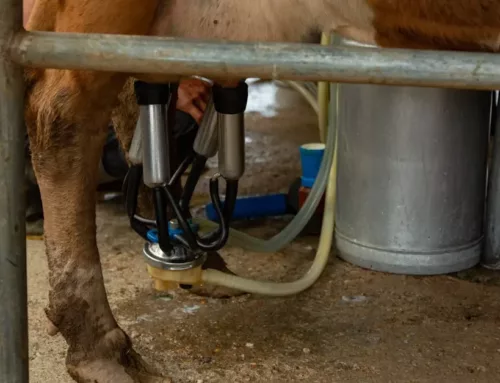
Profitability is one of the key aspects of running any business. Beef cattle and other livestock farming industries strive to increase profitability by effectively utilizing the available resources. It involves many variables like the use of pastures, grazing periods, calving, livestock health, accessibility of wintertime fodder, and much more which usually creates a gap between the demand and supply. The profitability is usually calculated using the gross margin analysis model, which is calculated by subtracting the total revenue from the total variable cost of beef cattle farming.
But how can you ensure that your operation makes the most of your resources and investments? That’s where the Livestock Data System comes in. This powerful tool can help you gain insights into your operation’s profitability and make informed decisions to optimize your bottom line. The Livestock Data System (LDS) is a tool that helps livestock producers and farmers manage their operations by tracking their animals’ performance and productivity. This system can provide insights into profitability by collecting data on various aspects of the livestock operation, including feed costs, animal health, and growth rates.
Keep reading to know how livestock data systems can be used to provide insights on profitability.
How Can Livestock Data System Boost Profitability?
The success of the livestock farming industry will depend on breeding efficiency and the ability to supply genetically superior stock continuously to customers. Data collection and analysis is the key to building a profitable livestock business, as it provides accurate information for making timely breeding decisions.
Here are some ways LDS can provide insights into profitability:
Analyzing Costs
Tracking costs and revenue for each animal, group of animals, or your entire operation, can give you a detailed understanding of the most profitable areas of your business and the ones which are costing you money.
The system can help you identify the most cost-effective feed formulations for different stages of an animal’s life. By analyzing feed consumption and production rates data, you can optimize your feeding strategy to minimize costs and maximize output. This will make it easy to calculate the feed and supplement conversion rates, giving you an idea of body weight gained for a given amount of feed or supplement consumed. You can also use the system to track the performance of individual animals or groups, allowing you to identify which animals are most productive and profitable.
In addition, the Livestock Data System can help you track revenue by providing insights into the pricing and demand for your products with the help of tracking sales data. It helps you identify the most popular and profitable products, allowing you to adjust your production strategy accordingly.
Identifying High-Performing Animals
The Livestock Data System can help you identify high-performing animals by providing you with detailed insights into their performance. It can help track weight gain over time and can identify animals that are growing more quickly than others. This indicates that these animals are more efficient at converting feed into muscle, making them more profitable in the long run. It also helps identify animals consuming less feed but producing more meat or milk, indicating that they are more efficient and productive.
When you note animals with desirable traits, such as high milk production or fast weight gain, you can make informed breeding decisions, selecting animals that are most likely to produce offspring with the desired traits.
Monitoring Animal Health

The Livestock Data System can track vital animal signs like temperature, heart rate, and respiration. By doing so, the system can detect changes in an animal’s health and alert you to potential issues before they become more serious. The system can also track animal health records, including vaccinations, medications, and treatments, providing a complete picture of your animal’s health history.
It can analyze rumination data, which is a measure of how long an animal spends chewing its cud, and alert if there are any changes in rumination time, which can be indicative of health issues like digestive disorders or stress. It can also identify abnormal behaviors, such as tail biting in pigs or feather pecking in poultry, indicating stress or other health issues.
The system can identify trends indicating a disease outbreak by analyzing animal health, behavior, and performance. This can help you take proactive measures to prevent the spread of disease, such as implementing a vaccination program or adjusting your animal management practices. Producers can reduce losses and improve profitability by preventing disease and keeping animals healthy.
The government is also attempting to maximize the power of data by releasing an app for veterinarians that will provide them with a better understanding of the health status of livestock on neighboring farms to help them combat disease outbreaks.
Predicting Future Performance
As the world’s third-most-produced meat, beef production is an important animal agriculture sector. Predicting meat production and quality is difficult due to environmental diversity and complex animal physiological mechanisms. However, livestock data systems can provide valuable insights into an animal’s performance and behavior, which can be used to predict future performance. It aids in tracking and predicting animal growth rate data, allowing farmers to forecast how much an animal will weigh in the future and how quickly it will reach maturity.
Livestock data systems can also monitor an animal’s feed intake, which is an essential factor in predicting future performance. The system can collect cattle’s feed intake, weight gain, and body condition data, analyze it, predict their future weight gain, and adjust their diets accordingly to optimize their performance.
LDS can also analyze an animal’s genetic makeup, allowing farmers to predict its potential for high performance in terms of growth rate, milk production, or meat quality. Additionally, LDS can analyze historical performance data, such as an animal’s weight gain, milk production, feed intake, and environmental factors, such as temperature and humidity, to identify trends and predict future performance based on environmental factors.
In Conclusion
Overall, livestock data systems can help farmers make data-driven decisions about their animals’ care and management, leading to improved performance and profitability. Whether you want to improve your feed strategy, identify underperforming animals, or streamline your production process, the LDS can provide the insights you need to make informed decisions and achieve your goals.
Learn more about livestock data systems and how you can implement them in your farming business from AgBoost. We are a data analytics company that helps businesses use the power of data to make well-informed decisions. Contact us today and get ready to take your business to the next level.


